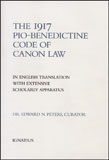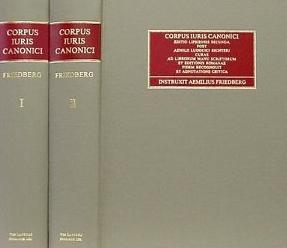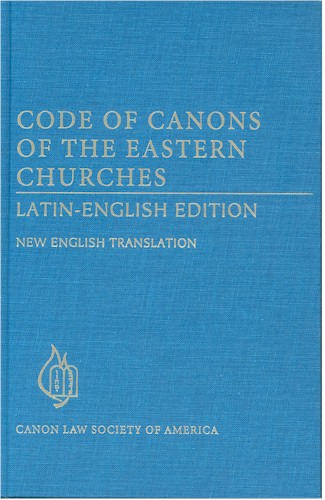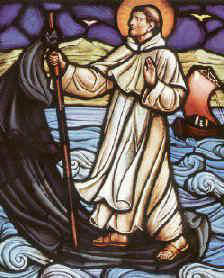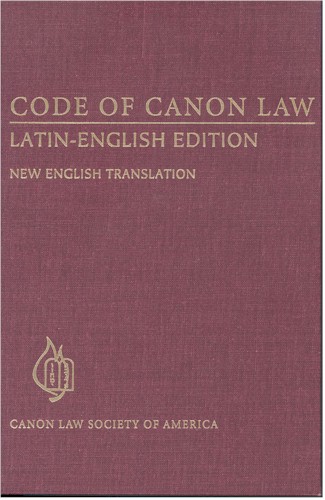|
To work for the proper implementation of canon law is to play an extraordinarily constructive role in continuing the redemptive mission of Christ. Pope John Paul II |
|
|
|
|
Resolution 1152 x 864 |
Updated 3 jan 2013 |
A Simple Overview of Canon Law |
|
This essay first appeared in 1994.
Suggestions on Preparing for Canon Law School
Canon Law is easy. The answers are in the book.
|
In much the same way that we as citizens live under civil law, so we as Catholics live under canon law. Like secular law, ecclesiastical law imposes various obligations on us as Catholics, though often the fact that a given ecclesiastical obligation is actually canonical one is not realized. At the same time, canon law, like civil law, affords us certain rights and protections, albeit benefits that might not always be recognized or asserted.
Roman Catholics today are bound by the 1983 Code of Canon Law which was promulgated by Pope John Paul II on 25 January 1983, the anniversary of Pope John XXIII's announcement in 1959 of his plans to convoke the Second Vatican Council and to reform the Code of Canon Law of 1917. Eastern rite Catholics, including those living in the US, have their own Code of Canons of the Eastern Churches that went into effect in 1991.
The 1983 Code actually took effect on November 26 of that year, and consists of 1,752 canons (somewhat fewer than the 2,414 canons of the 1917 Code). It covers, more or less, virtually every aspect of Catholic discipline. Although many canons, understandably, would be of interest only to ecclesiastical officials, many others directly impact lay Catholics, the majority of whom, of course, live in families.
Latin is the only official language of canon law, but there are various English translations of the 1983 Code available through book and religious supply stores or on the internet. In printed form, the one prepared by the Canon Law Society of America has the advantage of providing the Latin original on facing pages. Another version (without Latin facing pages) was prepared by the Canon Law Society of Great Britain and Ireland. Both translations are substantially reliable, though again, translations are not official.
Both the Americans and the British have prepared canon-by-canon commentaries on the entire 1983 Code. These works are much more expensive than the canon-only versions of the Code described above, but they are very helpful in understanding the context and application of canons that, standing alone, might not be self-explanatory. These commentaries, however, have only the value which their authors bring to them. They are not binding or official interpretations of the law.
There is nothing wrong with simply picking up the 1983 Code of Canon Law and reading it, nor is this as daunting a task as would be, for example, finding state or federal law and reading them straight through. Canonical provisions are typically shorter and more accessible to the average reader than are those found in civil law.
As a first recommendation, however, let me suggest starting with Canons 204-231. These canons open Book II of the 1983 Code, entitled "The People of God", and they set out in broad terms the rights and duties of the faithful in general, and of the laity in particular. Sometimes dubbed "quasi-constitutional" canons, these provisions are almost entirely new in the revised Code and they represent a significant step forward in articulating the important place of ordinary Catholics in the Church.
Finally, let me recommend some introductory studies in canon law: my own articles, “What canon lawyers are and aren't”, and “A catechist’s introduction to canon law”, are good short-reads. For somewhat more detail, see an excellent book by Russell Shaw, Understanding Your Rights (1994).+++
|

